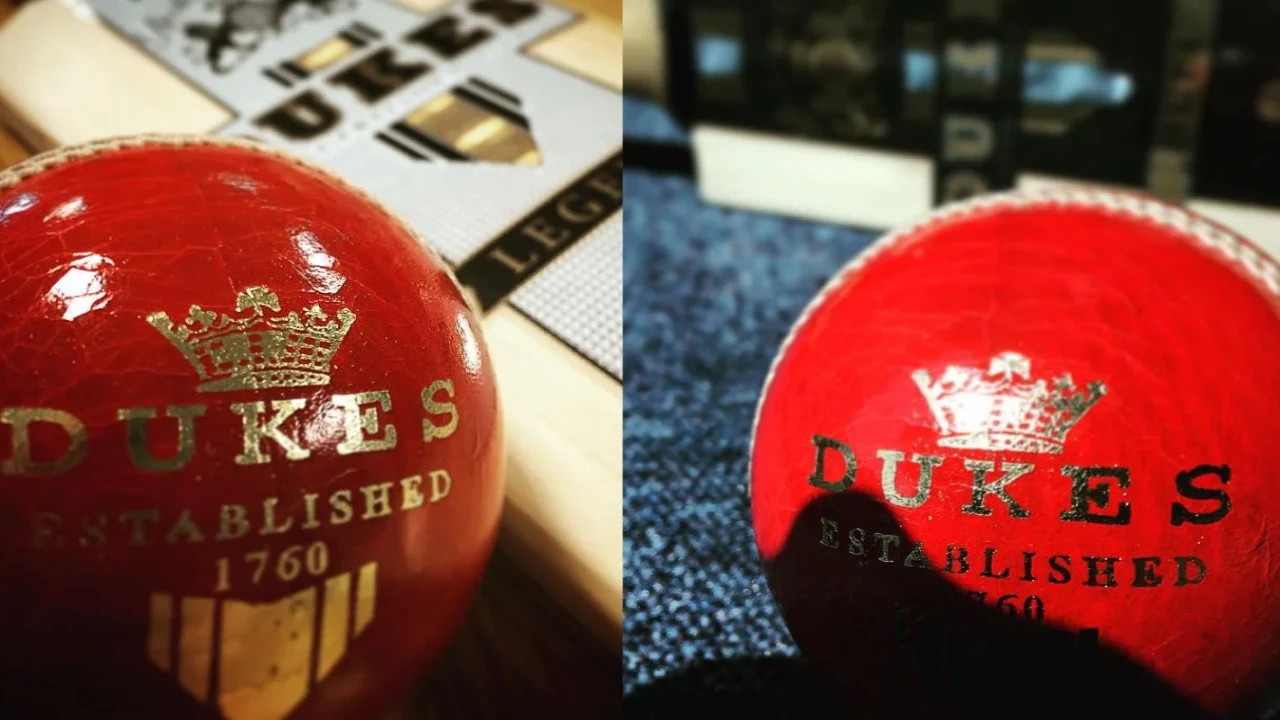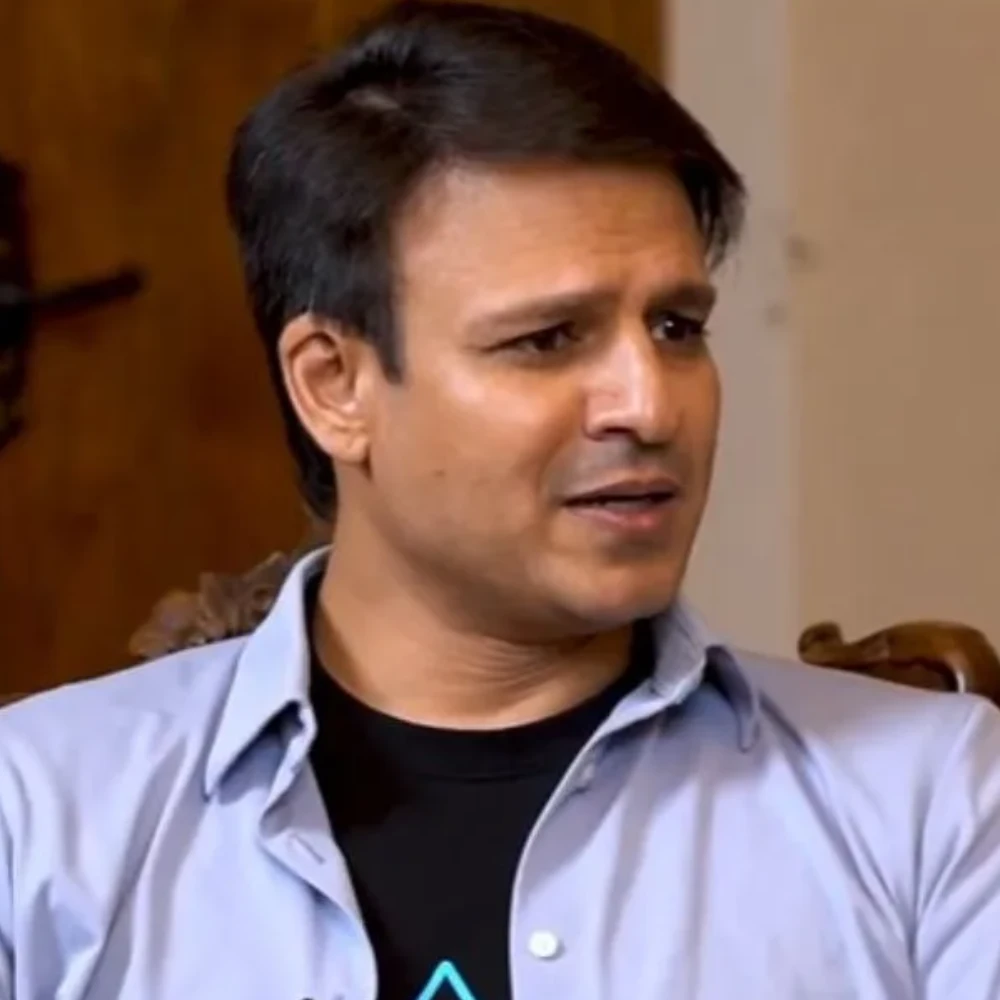Soft red balls, hard questions: Inside the India vs England Test ball controversy
Hand-stitched with Scottish leather and decades of tradition, Dukes cricket balls are supposed to be built for swing. But this summer, their integrity is under fire.

For over 250 years, the Dukes cricket ball has been the red heart of England’s Test matches, known for its sharp seam, pronounced swing, and impressive durability. Built to last and crafted entirely by hand, each ball takes more than three hours of meticulous work.
But in July 2025, that legacy has hit a bumpy patch. During the India vs England Test series, players raised alarm bells over softening seams and erratic bounce, leading to a full-blown production review by the manufacturer. So what makes a Dukes ball so special, and why is it suddenly in hot water?
Four pieces, one standard: The craft behind the ball
Per Red Bull, every Dukes ball starts with premium leather from a specific Scottish tannery—thick, tough, and rigorously compressed to 3.5mm. Unlike the two-piece white balls used elsewhere, a Dukes is stitched together using four uniform panels, all cut from the same hide for even wear.
Beneath the leather sits a cork core infused with Malaysian rubber, creating the hard centre fast bowlers love. But the real magic lies in the seam. Unlike the machine-made standard of four, each Dukes ball is hand-stitched with six rows of thread by skilled artisans who spend an hour per ball.
This results in a seam that’s meant to grip the pitch longer and offer superior movement. After stitching, the ball is polished with synthetic grease, especially the red variant, to enhance shine and moisture resistance. It’s this finish that helps bowlers move the ball laterally well past the 40-over mark.
The softening saga: Why the Dukes ball is under scrutiny
Things took a sharp turn during the third Test at Lord’s. India’s Shubman Gill visibly protested a ball change, unhappy with the replacement’s lack of hardness. Jasprit Bumrah’s lethal swing with the original new ball quickly evaporated.
Critics like Stuart Broad piled on, pointing out that the ball had been losing shape too soon, often within 30 overs, as reported by The Hindustan Times. Under growing pressure, British Cricket Balls Ltd. owner Dilip Jajodia initially defended the ball’s structure, even warning that hardening it further could “break fingers.”
But by mid-July, he’s changed course. As reported by the BBC, Jajodia agreed to a full inspection, promising to re-evaluate materials, stitching, and tanning processes. The ECB has begun collecting used balls from the series to support the investigation.
With England leading the series 2-1, the spotlight now shifts to Manchester, and the ball that will define the fourth Test.





 JOIN OUR WHATSAPP CHANNEL
JOIN OUR WHATSAPP CHANNEL





































































